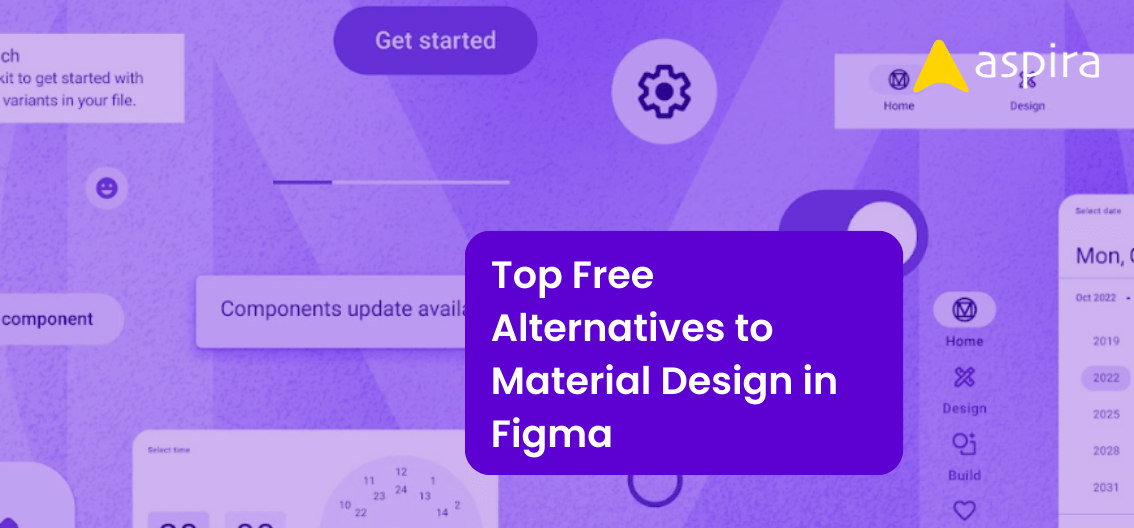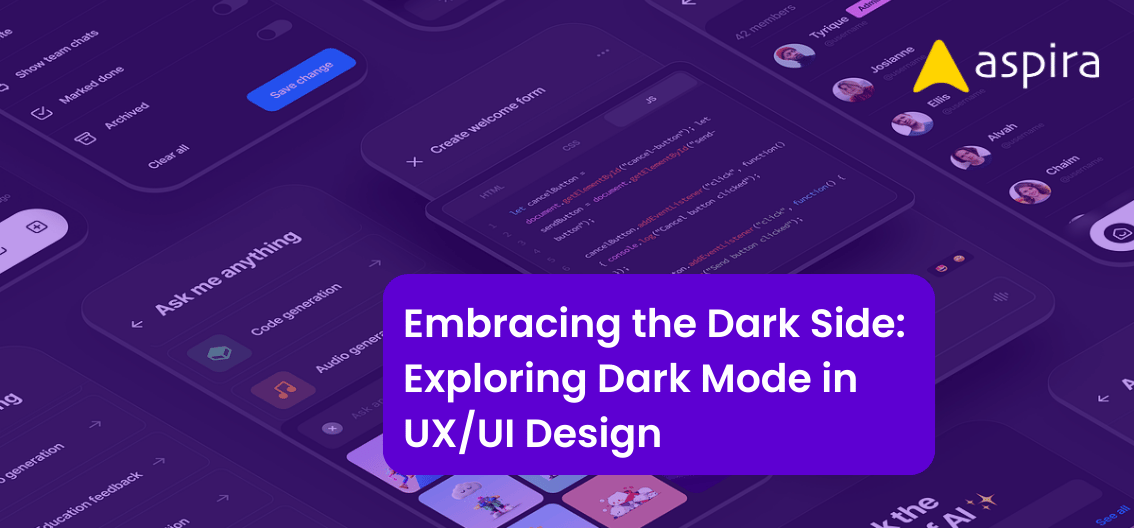UX Design - Mentor & Author.
24 Jan, 2024

I trust you’ve recently completed your UX designer course and are poised to step into the realm of design. If you find yourself uncertain about whether to pursue freelancing or opt for a full-time role, you’re in the right place. In this article, we will explore the advantages and disadvantages of both freelancing and full-time positions. This will help you reach a conclusion that aligns best with your goals. Let’s dive in!
Freelance UX Designer: The Flexibility Puzzle
Pros:
Flexibility: Freelancers revel in the freedom to set their own schedules and work from anywhere. This flexibility appeals to those valuing autonomy and favoring a non-traditional work environment.
Diverse Projects: Freelancers often engage in a variety of projects for different clients. This allows them to cultivate a broad skill set and adapt to various industries and design challenges.
Entrepreneurial Spirit: Freelancers essentially operate their own businesses. This requires skills beyond design such as client management, project pricing, and marketing. This entrepreneurial exposure can be fulfilling for those who enjoy the business side of design.
Cons:
Income Stability: Freelancers may face irregular income depending on project availability and client payments. This lack of stability can be stressful for those preferring a consistent paycheck.
Isolation: Independent work can lead to feelings of isolation. The absence of a team can limit collaboration and the exchange of ideas crucial for refining design skills.
Client Acquisition: Freelancers must consistently secure new clients to maintain a steady workflow. This demands time and effort in marketing and networking skills that may not be as critical for full-time designers.

Full-Time UX Designer: The Stability Equation
Pros:
Stability: Full-time positions offer regular salary benefits and job security. This stability can be reassuring for those who prefer a consistent and predictable income.
Team Collaboration: Working within a company often involves collaboration with cross-functional teams and fostering an environment where ideas can be shared and refined. This team dynamic contributes to professional growth and skill enhancement.
Specialization Opportunities: Full-time UX designers may have the chance to specialize in a particular industry or domain. This will allow them in-depth knowledge and expertise development.
Cons:
Limited Autonomy: Full-time UX designer typically adhere to fixed schedules and may have less flexibility in choosing projects. The structured nature of a full-time job may not suit those who thrive on independence.
Corporate Hierarchy: The hierarchical structure within organizations may slow decision-making processes. Full-time designers might find it challenging to implement changes quickly. This will decrease their ability to adapt rapidly to design trends.
Less Variety in Projects: Unlike freelancers, full-time designers may work on a narrower range of projects within their organization’s scope. Potentially limiting exposure to diverse design challenges.

Conclusion
As we’ve explored the advantages and drawbacks of both freelancing and full-time roles, it’s time to draw a conclusion. Surprisingly, the winner isn’t exclusively a freelancer or a full-timer. It lies somewhere in between. Opting for a full-time job that offers the flexibility to work both from the office and remotely combines the benefits of freelancing. This choice allows you to explore freelance opportunities on the side. However, what if there’s no option for remote work? I understand your concern. In such cases consider gradually taking up small freelance projects to diversify your experience. The key takeaway is to avoid sticking to just one approach. Embrace variety try different things, and produce quality work. In doing so you’ll pave your own path. Best of luck on your journey and remember never confine yourself to a single role. Keep learning stay updated, and happy designing!


